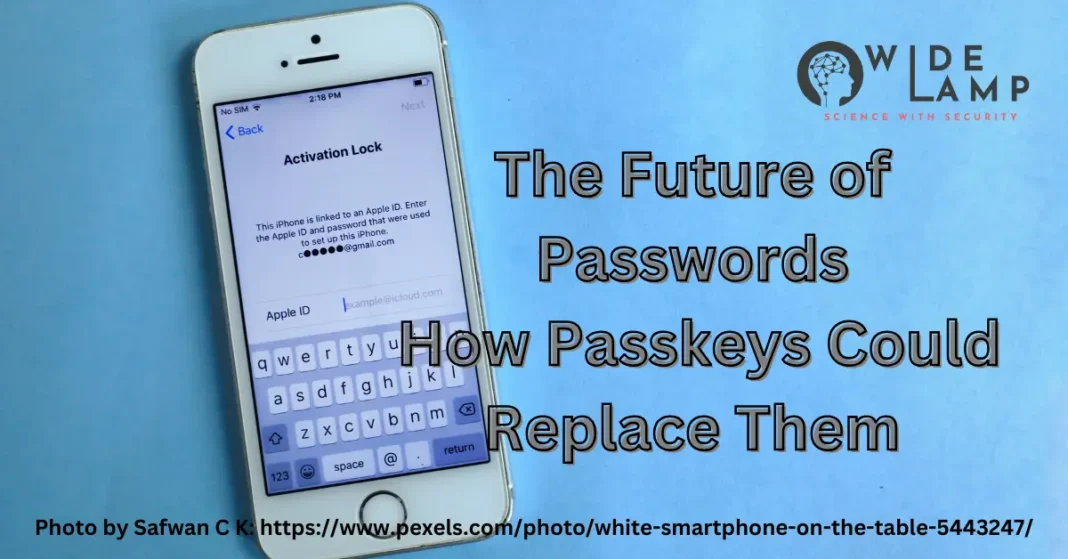|
Getting your Trinity Audio player ready...
|
Introduction:
In the digital age, phishing remains among the most prevalent and dangerous cyber threats. This article aims to define phishing, explore its various types, and provide strategies to mitigate its risks. Understanding phishing is crucial for safeguarding personal and organizational data.
Define Phishing:
Phishing is a cyber attack technique in which attackers impersonate legitimate entities to deceive individuals into revealing sensitive information, such as usernames, passwords, and credit card details. These attacks typically occur through email but can also happen via phone calls, text messages, or fake websites.
Types of Phishing:
- Email Phishing:
- The most common form is where attackers send fraudulent emails that appear to be from reputable sources. These emails often contain malicious links or attachments.
- Example: An email claiming to be from a bank, asking the recipient to verify their account details.
- Spear Phishing:
- A targeted form of phishing is aimed at specific individuals or organizations. Attackers gather personal information to craft convincing messages.
- Example: An email addressed to a company executive, appearing to be from a trusted colleague, requesting sensitive information.
- Whaling:
- A type of spear phishing targeting high-profile individuals, such as CEOs or government officials. The stakes are higher, and the attacks are more sophisticated.
- Example: A fake legal subpoena sent to a company executive.
- Smishing and Vishing:
- Smishing involves phishing via SMS (text messages), while vishing uses voice calls. Both methods aim to extract personal information.
- Example: A text message claiming to be from a service provider, asking for account verification.
- Clone Phishing:
- Attackers create a nearly identical copy of a legitimate email, replacing links or attachments with malicious ones.
- Example: A cloned email from a known contact, with a link leading to a phishing site.
Read More: The Future of Passwords: How Passkeys Could Replace Them
Read More: The Ultimate Guide to Choosing the Best Cybersecurity Online Program for Your Future Success
How to Mitigate Phishing:
- Education and Awareness:
- Regularly train employees and individuals to recognize phishing attempts. Awareness is the first line of defense.
- Email Filtering:
- Use advanced email filtering solutions to detect and block phishing emails before they reach the inbox.
- Multi-Factor Authentication (MFA):
- Implement MFA to add an extra layer of security, making it harder for attackers to access accounts even if credentials are compromised.
- Verify Sources:
- Always verify the authenticity of requests for sensitive information, especially if they come via email or phone.
- Keep Software Updated:
- Regularly update software and security patches to protect against vulnerabilities that phishing attacks might exploit.
Useful Resources:
- Phishing.org: What is Phishing?
- Federal Trade Commission: How to Recognize and Avoid Phishing Scams
- Cybersecurity & Infrastructure Security Agency: Phishing
Conclusion:
Phishing is a persistent threat in the digital world, but individuals and organizations can significantly reduce their risk by understanding its mechanisms and implementing robust security measures. Stay informed, stay vigilant, and protect your digital assets from phishing attacks.

Q / A – Section
Questions that are very helpful for everyone and clear some doubts…
-
What is phishing?
Phishing is a cyber attack technique in which attackers impersonate legitimate entities to deceive individuals into revealing sensitive information, such as usernames, passwords, and credit card details. These attacks typically occur through email but can also happen via phone calls, text messages, or fake websites.
-
What is the most common form of phishing?
The most common form of phishing is email phishing, where attackers send fraudulent emails that appear to be from reputable sources.
-
How does spear phishing differ from regular phishing?
Spear phishing is a targeted form aimed at specific individuals or organizations, using personal information to craft convincing messages.
-
Who are the typical targets of whaling attacks?
Whaling attacks typically target high-profile individuals, such as CEOs or government officials.
-
What is smishing?
Smishing involves phishing via SMS (text messages) to extract personal information.
-
What is vishing?
Vishing uses voice calls to extract personal information from individuals.
-
Describe clone phishing.
Clone phishing involves creating a nearly identical copy of a legitimate email, and replacing links or attachments with malicious ones.
- Advertisement - -
Why is education and awareness important in mitigating phishing?
Education and awareness are important because they help individuals recognize phishing attempts, serving as the first line of defense.
-
How can email filtering help prevent phishing attacks?
Email filtering can detect and block phishing emails before they reach the inbox, reducing the risk of falling victim to such attacks.
-
What role does Multi-Factor Authentication (MFA) play in phishing prevention?
MFA adds an extra layer of security, making it harder for attackers to access accounts even if credentials are compromised.
-
Why is it important to verify sources of requests for sensitive information?
Verifying sources helps ensure the authenticity of requests, preventing the disclosure of sensitive information to attackers.
-
How does keeping software updated help mitigate phishing risks?
Regularly updating software and security patches protects against vulnerabilities that phishing attacks might exploit.




